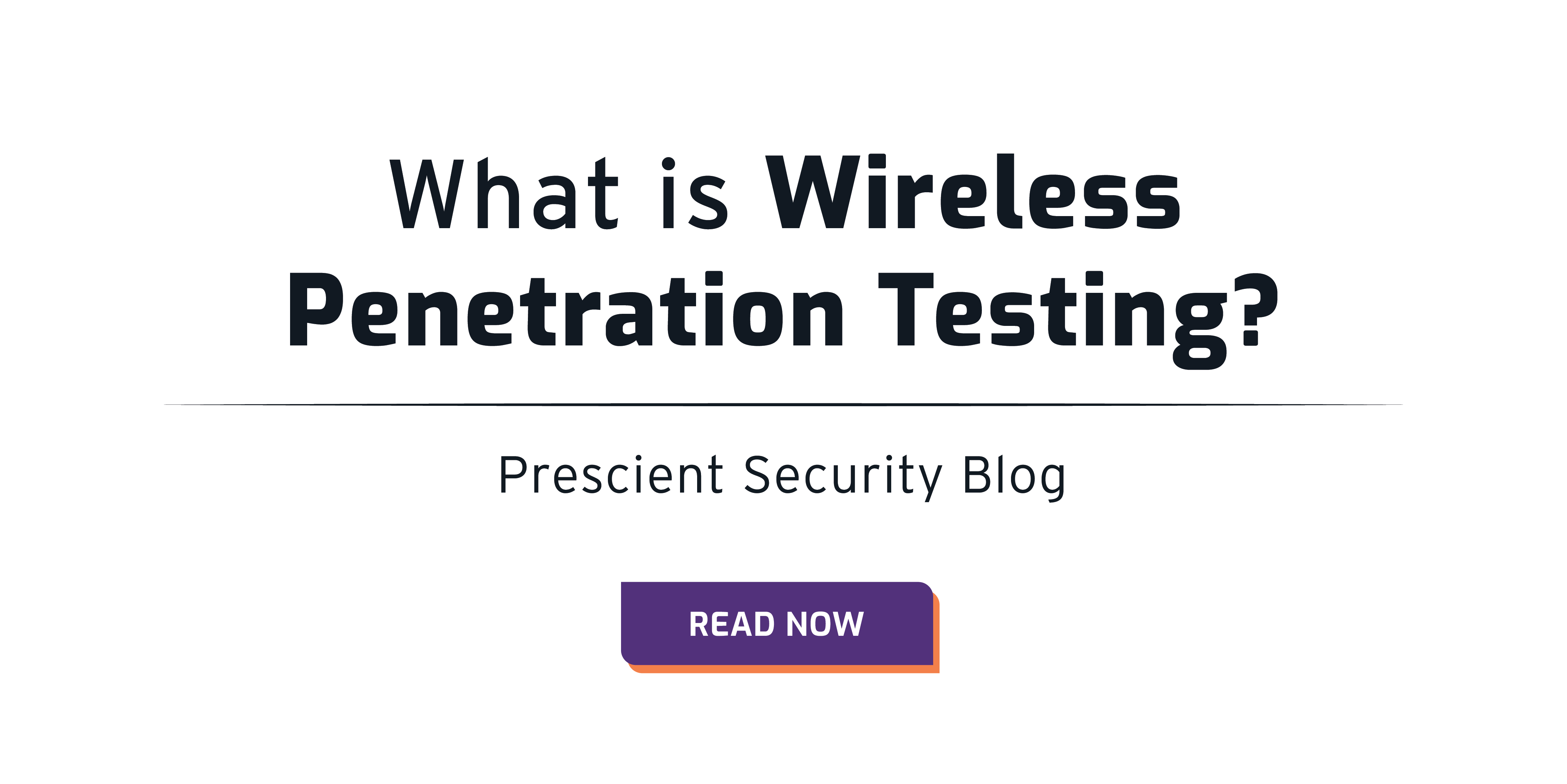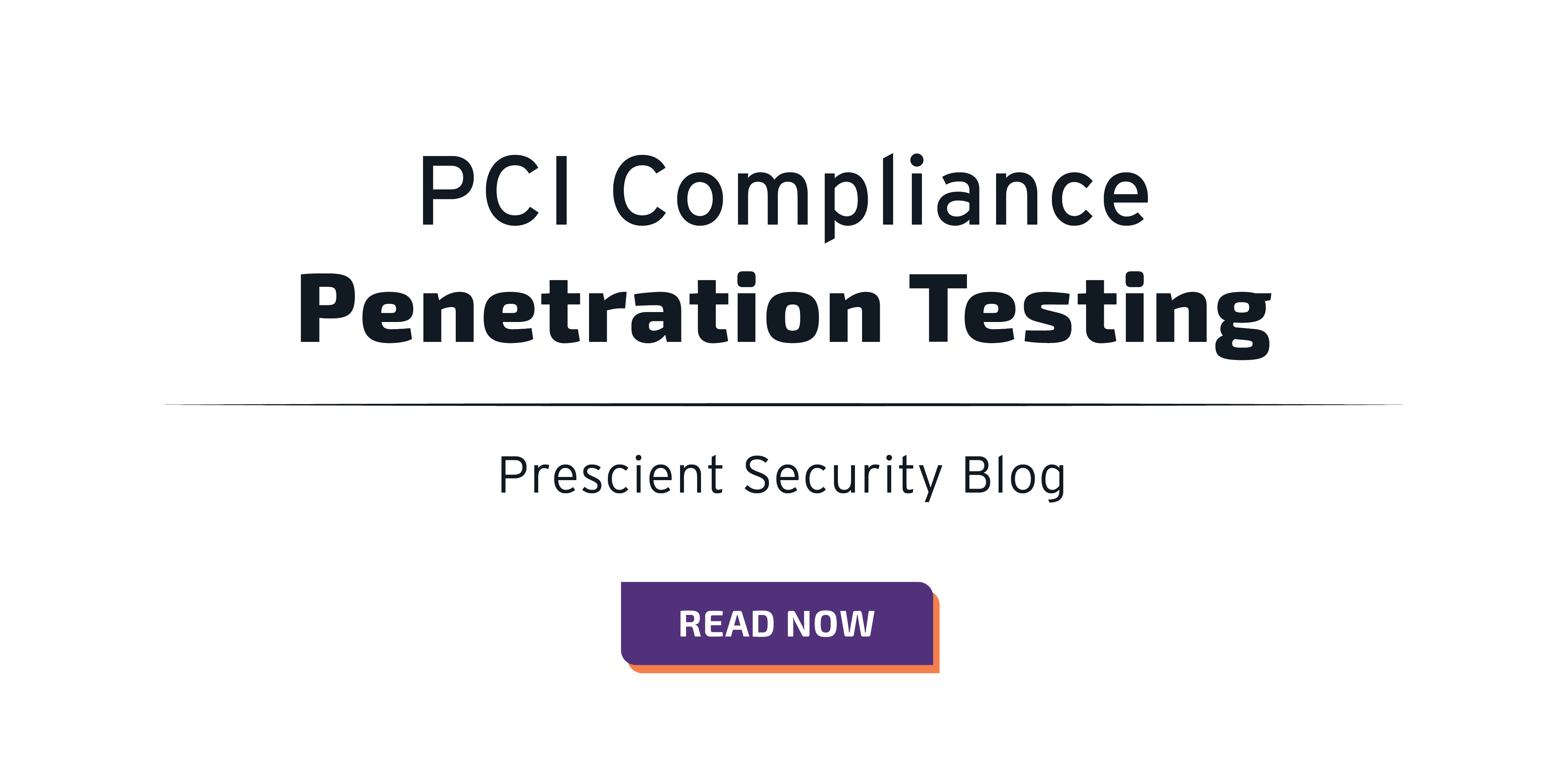What is Internal Penetration Testing?
 Gabriela Silk
·
8 minute read
Gabriela Silk
·
8 minute read
Large-scale hacking incidents have shown just how important it is for organizations to protect themselves against cybersecurity threats. One of the most effective ways to see how well your security systems are operating is through internal penetration testing.
Internal penetration testing offers the unique perspective of what an attack from the inside might look like, and where an organization’s systems are most vulnerable. Keep reading to learn more about the types, stages, and benefits of internal penetration testing, as well as how it compares to external testing.
Contents
- What is an Internal Penetration Test?
- What is Penetration Testing?
- What Are the Different Types of Penetration Tests?
- The Different Boxes of Penetration Testing
- The Stages of Penetration Testing and Penetration Testing Methods
- Internal vs External Penetration Testing
- Internal Penetration Testing Steps
- The Benefits of Internal Penetration Testing
- Penetration Testing and Prescient Security
What is an Internal Penetration Test?
An internal penetration test imitates an insider threat and identifies how an attacker with internal access may compromise or damage the network, systems, or sensitive data.
Internal penetration tests are often referred to as internal “pen testing” or internal network penetration testing, but no matter what, they operate the same way: by simulating the type of cyber-attack a hacker might be able to perform from within an organization’s network.
These tests rely on ethical hacking and are intended to identify any vulnerabilities that might make it easy for individuals within an organization to take malicious action, or what malware and outside attackers could do with access to internal networks and systems. It thus forces close attention to the practicalities of a cyber security system and exposes dangerous gaps that need attention.
What is Penetration Testing?
Sometimes the only way to know where your vulnerabilities are is to test them. Penetration testing takes an offensive approach to the threat of cyber-attacks.
Unlike vulnerability scans which use automated software to scan and identify weak points, penetration testing takes a more proactive stance towards possible issues and shows their full scale in action. These tests require highly skilled individuals – the better they are, the more thoroughly they can challenge the security limits of an organization’s security infrastructure and identify possible compliance issues and risk factors.
Most penetration testing will also go a step beyond the hacking simulation and review overall security awareness at an organization and policy issues. Testers will also be able to advise on what adjustments need to be made going forward to ensure more robust protections.
What Are the Different Types of Penetration Tests?
Penetration tests can take different forms, depending on the system being tested. Here are the main types and what they do:
- Network Penetration Tests: In these instances, ethical hackers attack the network via vectors such as third-party software, password guessing, and phishing emails. These tests can be performed locally or remotely and help expose weak points in the network’s infrastructure, meaning firewalls, servers, routers, etc.
- Hardware Penetration Tests: A hardware penetration test looks to exploit vulnerabilities in internet-enabled devices, such as security camera, networked printers, and smart home systems.
- Cloud Penetration Tests: This looks at cloud infrastructure and services that might be leaving organizations exposed.
- Web Application Penetration Tests: Web apps and websites are the focus here with ethical hackers looking for issues in cross-site scripting, APIs, or cases of broken authentication. Any flaws in things like input validation or app logic that could be exploited are usually flagged.
- Mobile Penetration Tests: Only relevant to organizations with their own apps, these tests are crucial for identifying potential data leaks and privacy violations that don’t just risk the safety of the organization, but their users too.
- Wireless Penetration Tests: Any wi-fi or Bluetooth device can theoretically be hacked if there aren’t preventative measures in place. Wireless penetration tests look out for weak encryption and rogue access points that might accidentally be enabling unauthorized access. Common hardware that must checked includes smart home systems, security cameras, and even networked printers.
- Physical Penetration Tests: This is one of the few types of penetration tests that absolutely has to be done on-site. Experts will test the physical security of an organization’s premises and restricted areas by checking locks, badge systems, etc. The intention is to see how easily someone might be able to physically access data rooms and other sensitive IT equipment or areas.
The Different Boxes of Penetration Testing
Penetration testing isn’t simply divided by what is tested or how, but by how much information an ethical hacker goes into the test with. Let’s take a closer look:
- Black Box: This is a “blind” test as it uses a tester with no specific information about the system that’s being targeted, besides high-level, public information like the name, address, etc. It mimics the actions of a hacker who has no insider information about a system and involves a significant amount of effort as a result.
A black box test takes time and plenty of reconnaissance but it’s often worth the investment as it most closely resembles common, real-world hacking scenarios. The average hacker will attack without access to credentials or network maps so a test like this exposes the more creative measures that someone may need to take to break into a system. - Gray Box: As we get lighter in shade with the different boxes, so the information the pen tester is given expands. A gray box test sends in an ethical hacker who has partial knowledge and some access so as to simulate a semi-informed insider such as a contractor or a user with credentials.
It explores what a hacker might be able to do with at least some access, and how far they can escalate their privilege or make lateral moves to attack a system. The effectiveness of these tests depends on how much information the tester is given beforehand, and how much time is provided to test the possibility of hybrid threats. - White Box: Now we get to the penetration test in which the tester is given full knowledge and access. They go in with credentials and detailed knowledge of network architecture, source code, IP addresses, etc.
The reason for this is that it allows organizations to get a sense of what a true insider attack could look like. What would happen if a long-term employee decided to hack the system? That’s exactly what a white box test exposes. Too many organizations build systems with only outsider hackers in mind but a malicious employee can be just as dangerous, if not more so.
The Stages of Penetration Testing and Penetration Testing Methods
Some are jarred by the idea of a hacker, even an ethical one, having access to their cyber systems. What helps keep penetration testing controlled and safe in its pursuit of better cyber security are the frameworks that help bind the process – uncovering all potential gaps.
There is of course a kind of flexibility required in trying to mimic a criminal hacker, but more skilled testers are able to maintain a methodical approach that exposes cyber risks without adding to them.
Stages
Most penetration tests occur over these 5 stages:
- Planning: This is when the scope of the penetration test is determined. Testers will work with the client to decide on the rules of engagement, the best testing methodology, and which systems need to be targeted. This is also when information gathering will be done. Testers will check what kind of open-source information is available on the organization’s digital assets and get a sense of what the average hacker would have access to.
- Discovery: Penetration testing will typically involve some kind of vulnerability scanning in the process to lay the groundwork on where baseline gaps might be. It’s quick, non-invasive, and can help focus the testing so that it doesn’t take quite as long.
- Attack: The tester will then try to exploit vulnerabilities identified during the above and gain a foothold in the system using techniques such as password cracking and Structured Query Language (SQL) injection. They also might use some level of social engineering (manipulating people to give up passwords, grant access, etc.).
- Persistence: Once the ethical hacker is in, the next step is to model Advanced Persistent Threats (APT) by lurking in the system and seeing whether or not security controls pick up the threat and how long it takes for a response to occur.
- Analysis: After the test is complete, a report will be provided detailing what was tested, which vulnerabilities were successfully exploited, and any interconnected issues that arose. Testers should also provide some guidance on how to improve cyber defenses and an overall assessment that gives organizations a sense of their risk profile.
Methods
Depending on their security needs and concerns, there are different testing methodologies that organizations can use:
- External Penetration Testing: As the name suggests, this type of pen testing is all about exposing how easily a hacker would get access to an organization through its outer-facing systems. These are usually internet systems like websites, email servers, and APIs. The “external” aspect also refers to the positioning of the tester as an external threat actor with no insider access or knowledge of the system they’re targeting.
- Internal Penetration Testing: Insider risks aren’t just potentially from those with legitimate access to an organization’s systems via employment, but also appear when accounts are compromised, or phishing emails take hold.
- Blind Penetration Testing: We’ve discussed black box testing in which the tester goes in blind, but an actual blind penetration test refers to the organization not being informed of test details or timing. The reason for this being that it more closely resembles how real-world threats occur and can more accurately test aspects such as response plans and employee vulnerability to social engineering.
- Double-Blind Penetration Testing: This is when both the tester and the organization being tested go in blind. It’s essentially a combination of the above and a black box test. The ethical hacker has no internal information, and the defending cyber team isn’t aware that it’s happening either. Usually, only top-tier individuals in an organization will be aware.
- Targeted Penetration Testing: In a very different approach, ethical hackers can collaborate with cyber security staff at an organization to perform more targeted penetration testing. Though this then misses the real-world qualities of something like a double-blind penetration test, the collaborative aspect speeds things up which is great for getting quicker guidance and assisting with security training.
Internal vs External Penetration Testing
External penetration testing approaches things from the outside to check how quickly someone with no insider access could get into an organization’s systems remotely, via the Internet. Internal testing, on the other hand, illustrates what a hacker could do if they already had access to an organization’s network.
To get a full picture of your cyber security risks, both are needed. Hackers are just too creative and too persistent for organizations to not ensure that they’re protected on all fronts.
Internal Penetration Testing Steps
Very similar to general penetration testing steps, here’s a quick overview of how an internal penetration test takes place:
- Planning: First up, there’s an establishment of what areas need to be focused on in the test and how the test will be done in terms of methodology, attack vectors, and rules of engagement.
- Information Gathering: This will depend on the box type being used, but generally the testing team will gather up overall information on the network, etc. that they’re targeting.
- Vulnerability Assessment: Testers will try to break into the internal network using pre-approved methods. This will then expose any vulnerable spots.
- Exploitation: Testers then try to exploit any vulnerabilities found and note how long it takes to break protocols and access sensitive data without detection.
- Documentation: The entire process is documented to show where vulnerabilities were successfully exploited, and where security measures perhaps held firm.
- Resolution and Remediation: Finally, the testing team and security experts on hand will break down everything with a full analysis that shows not just the gaps, but what could be done to better mitigate risk and protect networks from internal attacks.
The Benefits of Internal Penetration Testing
In the same way that Roman soldiers once used to test battle techniques to check that they held up effectively against attacks, internal penetration testing provides an opportunity to see how well cyber defenses would hold up in real-world hacking scenarios.
The benefits of this are that:
- Organizations get to see what would happen if the worst were to occur. The efficacy of everything from detection systems to response plans is shown.
- It’s a chance to see what needs improvement so that real attacks stand much less of a chance. In the long run, this mitigates risk and saves money.
- The testing is far more rigorous than something like a vulnerability scan and provides actionable insights on how to better protect internal systems.
- Testing can assist with compliance and legal requirements.
Penetration Testing and Prescient Security
We offer a range of penetration testing services at Prescient Security that can be customized to fit your organization’s needs. We have testing that’s specifically designed to suit compliance with different regulation bodies as well as more general options.
Our main goal is to ensure thorough testing of security measures and to uncover any vulnerabilities in hiding that might be putting your organization at risk.



